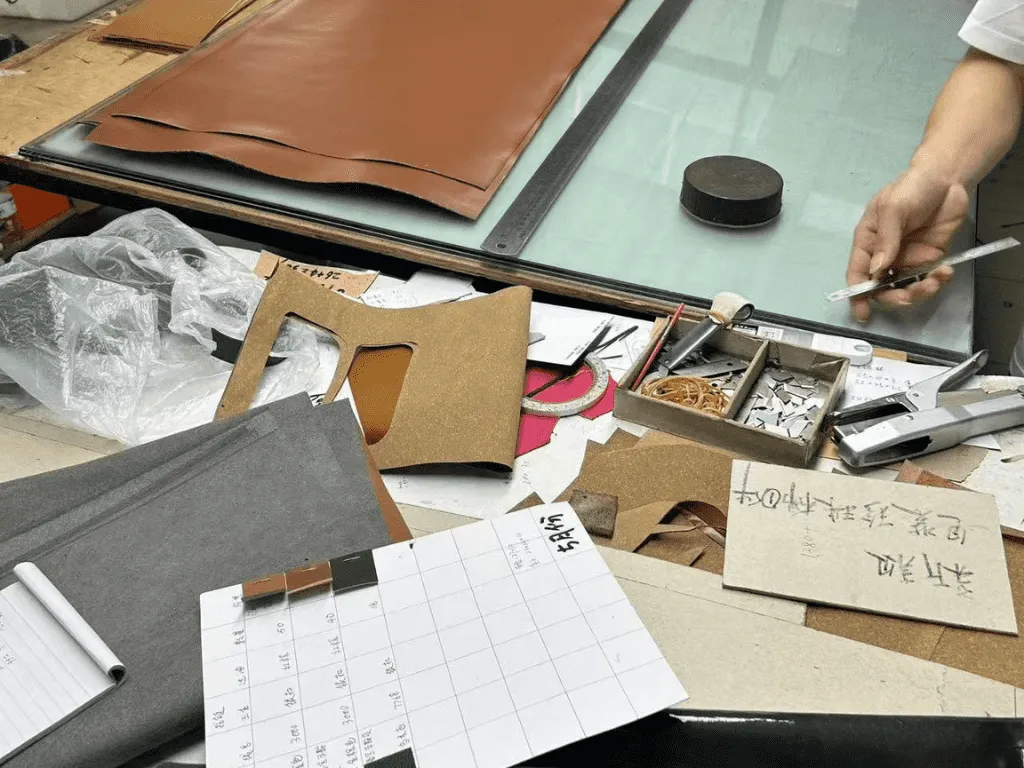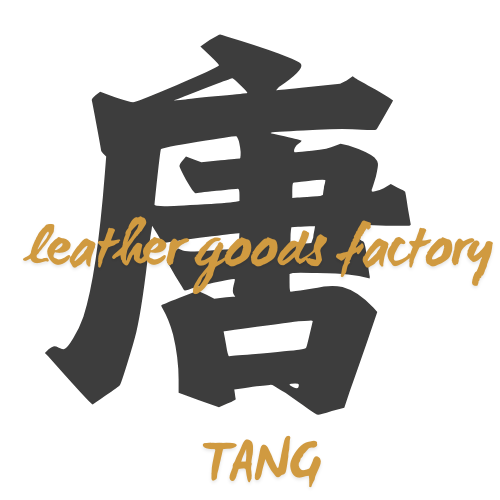Hey there, leather lovers! I’m a leather enthusiast, and one question I get a lot is: “How long does it take to make a leather product from start to finish?” As someone in the industry, I can tell you that leather is a unique material with its own personality. Every product is a labor of love, crafted with time and care. It’s a process that can’t be rushed—it’s all about “slow work for fine results.”
So, how long does it really take? There’s no one-size-fits-all answer. It depends on factors like the product’s complexity, the type of leather, the order size, and a big one—factory scheduling. Plus, unexpected issues can sometimes stretch the timeline.
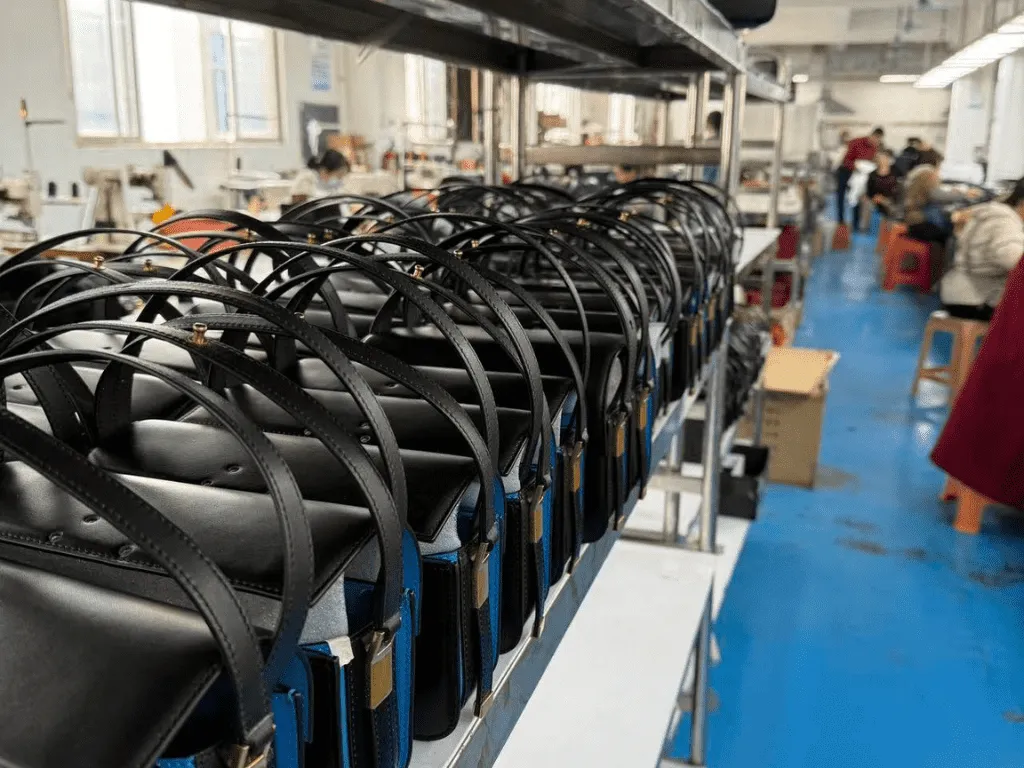

Production Timeline: Key Factors and Estimated Time
Several factors influence how long it takes to produce a leather product:
- Product Complexity: The more intricate the product, the longer it takes. For example, a handbag with handwoven details or decorations might add 5–7 days to the process. A simple cardholder is much quicker to make than a complex handbag.
- Leather Type: Using in-stock leather and hardware can cut procurement time to 5–7 days. After receiving an order, we just need to source the materials and wait for delivery. However, custom leather might take 10–15 days, and custom hardware can take up to 20 days.
- Order Size: Small batches (under 500 units) don’t usually affect the timeline. But for larger orders, like over 500 units, you might need an extra 5–7 days. For simpler items like wallets or cardholders, batches under 1,000 units take about the same time.
- Factory Scheduling: This is often overlooked. Even if materials are ready, if the factory’s production line is booked with other orders, your product has to wait. Factories need a steady stream of orders to stay profitable, so production lines are rarely idle. That’s why even simple wallets might take 30–35 days, including material procurement and factory scheduling. Some early steps, like cutting leather or edge finishing, can be done while waiting for the production line to free up.
Overall, a small item like a wallet might take 4–5 weeks, while a complex handbag could take 4–8 weeks or more.
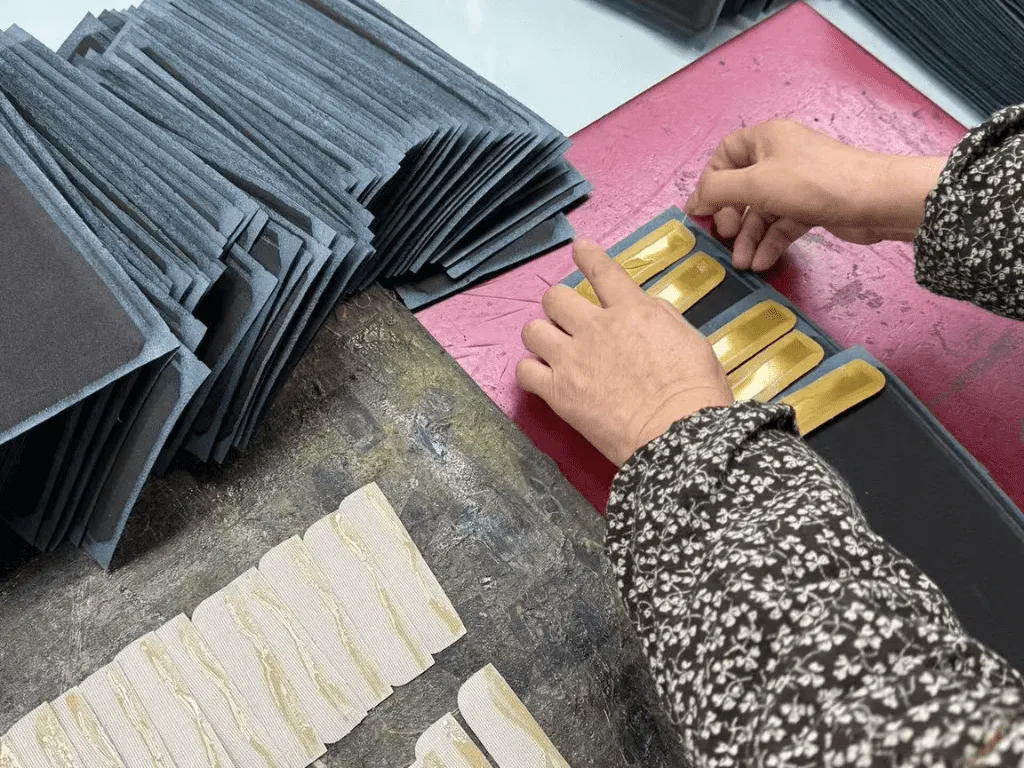

Production Process: Seven Key Steps
Here’s a detailed look at the seven core steps in making a leather product:
Step 1: Design & Prototyping
This is where it all begins. We start with a concept, create CAD drawings, and turn them into paper patterns or prototypes. This takes about 1–1.5 weeks. The sample maker tweaks the design until every detail matches the client’s vision.
Step 2: Material Sourcing
Once the prototype is approved (usually after 2–3 rounds of samples), we start sourcing materials like leather, hardware, and zippers. This takes 1–2 weeks, ensuring everything meets quality and quantity requirements. Rare materials can take up to 4 weeks to source. To save time, factories may start some processes, like cutting, before all materials arrive.


Step 3: Leather Cutting
With the schedule set and main materials ready, production begins. We cut the leather and lining precisely based on the prototype, carefully avoiding any flaws in the leather to maximize material use.
Step 4: Splitting & Edge Finishing
The cut leather is split and thinned to the right thickness for sewing. Edges are sanded and oiled to ensure a polished, refined look, setting the stage for sewing.
Step 5: Hardware Assembly
Here, we attach hardware like zippers, buckles, and rivets to the leather pieces. At this point, all materials are in the factory and ready for assembly.
Step 6: Sewing & Final Assembly
Now, we stitch all the pieces together, combining leather and hardware to form the product. This step blends handwork and machine work, and it’s exciting to see the product take shape.
Step 7: Quality Check & Packaging
Every product undergoes strict quality checks. We look for issues like glue marks, loose threads, misshapen bags, or leather scratches. Any flaws are fixed or cleaned up. This step takes 2–3 days, depending on the order size. Once approved, the product is carefully packaged and ready for delivery.
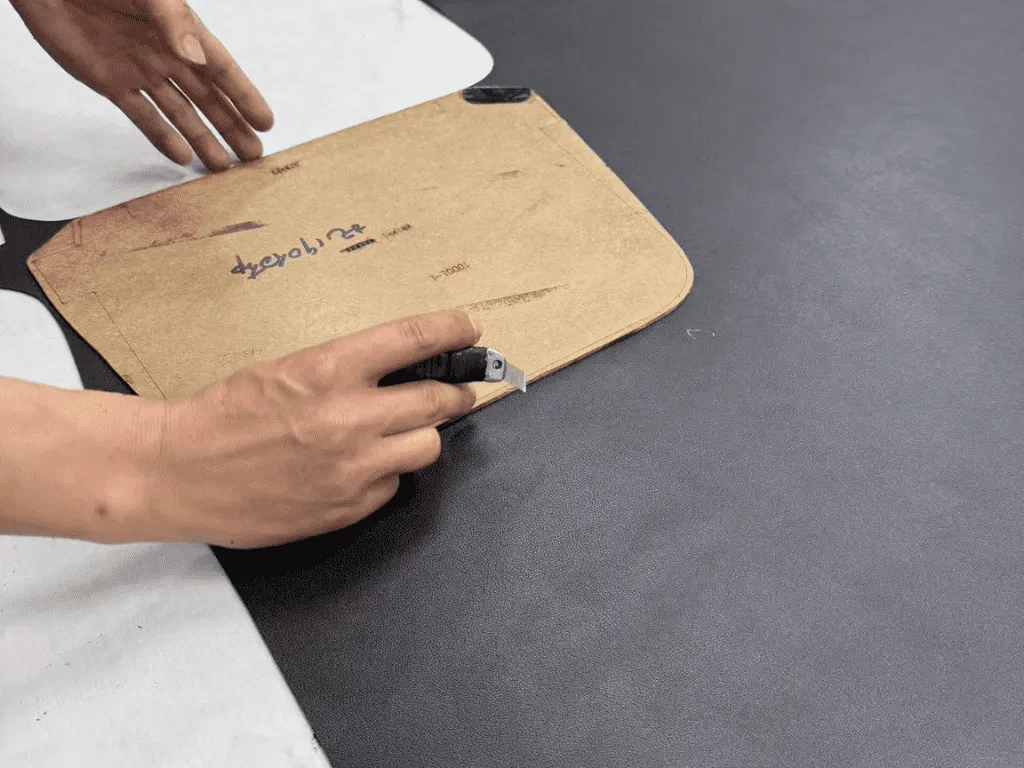

Unexpected Delays
Beyond the standard steps, unexpected issues can cause delays. Producing a leather product involves a complex supply chain—leather, lining, hardware, zippers, thread, and more. For everything to stay on schedule, every supplier must deliver on time.
I’ve seen cases where leather arrives with slight color differences. If it’s minor, we confirm with the client whether to proceed. If it’s significant, we return it to the supplier for correction or remake, which adds time.
Hardware issues, like color mismatches or poor plating quality (e.g., grainy surfaces), also require fixes. We don’t move forward with subpar materials.
Another common issue is factory workmanship. Even experienced factories can make mistakes, leading to rework or remakes. This is a reality every factory faces. What matters is how they handle it. Hiding issues or shipping flawed products is unethical. A reliable factory owns up to mistakes, fixes them, and minimizes delays. We’ve had to remake entire batches before, even at a loss, because it’s about trust and ensuring clients get what they expect. Long-term partnerships are built on honesty, not one-off deals.


Craftsmanship Takes Time
Behind every leather product is a series of steps and a lot of time. The wait might feel long, but it’s a testament to quality, detail, and craftsmanship. Next time you hold a leather product, I hope you’ll appreciate the story behind it—it’s not just an item, but a journey of dedication and care.
If you have questions about production timelines or anything else, feel free to comment or reach out. I’ll do my best to answer!
